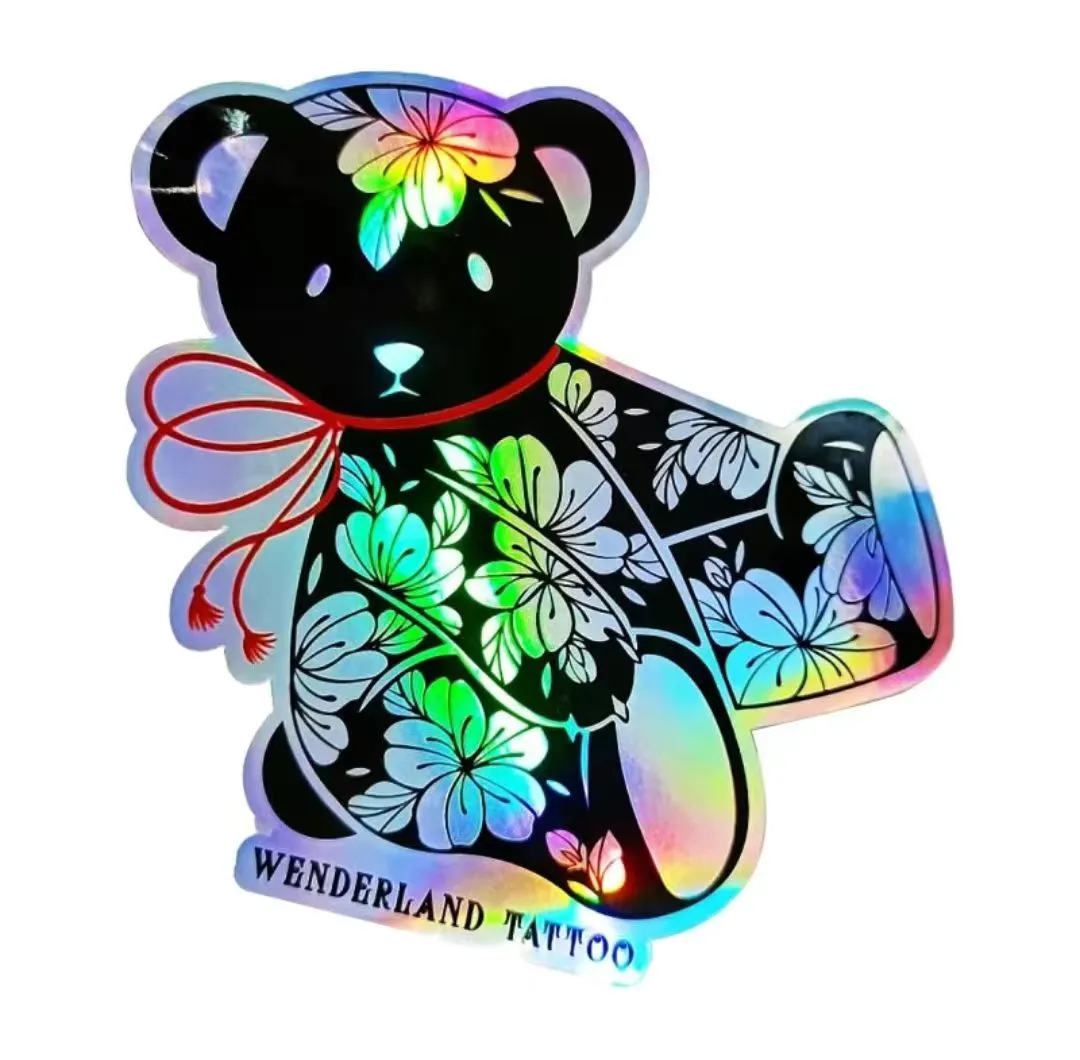The Evolution and Importance of Food Packaging
Food packaging is a critical aspect of the food industry, serving not only as a means of containment but also as a tool for preserving freshness, ensuring safety, and promoting products. Over the years, the evolution of food packaging has transformed dramatically, influenced by advancements in technology, changing consumer preferences, and growing environmental concerns.
Historical Perspective
Historically, food packaging was quite rudimentary. Ancient civilizations utilized natural materials like leaves, animal skins, and clay pots to store and transport food. These materials provided basic protection against environmental factors. However, as trade and commerce grew, the need for more effective packaging became apparent. The introduction of glass jars in the 18th century marked a significant turning point, allowing for better preservation of food through canning techniques. This was followed by the advent of metal cans in the 19th century, which revolutionized the way food was stored and consumed.
Modern Innovations
Today, food packaging has entered a new era marked by innovation and technology. The development of plastic materials in the mid-20th century provided manufacturers with versatile and lightweight options. Plastics are now ubiquitous in the food industry, offering barriers against moisture, air, and bacteria. This has allowed for longer shelf lives and reduced food waste, addressing both economic and environmental concerns.
In recent years, advancements in packaging technology, including vacuum sealing, modified atmosphere packaging (MAP), and edible films, have further enhanced food preservation. Vacuum sealing removes oxygen that can cause spoilage, while MAP replaces oxygen with gases like nitrogen to slow down the aging process. Edible films made from natural ingredients allow consumers to consume the packaging itself, reducing waste and offering a novel solution to packaging disposal.
Safety and Compliance
Safety is another paramount consideration in food packaging. Regulations enforced by governmental bodies, such as the FDA in the United States and EFSA in Europe, ensure that packaging materials are safe for food contact and do not leach harmful substances into food. This has led to the development of food-safe plastics and materials that meet strict safety standards. Moreover, innovations such as tamper-evident packaging help protect consumers by ensuring that products have not been altered after packaging.
food packaging

Branding and Consumer Engagement
In today’s competitive marketplace, packaging also plays a vital role in branding and consumer engagement. Eye-catching designs and informative labels can significantly influence purchasing decisions. Marketers often utilize packaging as a canvas to communicate brand identity and product benefits, including nutritional information, allergen warnings, and eco-friendliness.
The rise of e-commerce has also prompted brands to rethink packaging strategies. With consumers increasingly purchasing food online, the emphasis has shifted towards packaging that ensures products arrive intact and maintain quality during transportation. Secure, robust, and often innovative packaging solutions are essential to ensure customer satisfaction in this growing sector.
Environmental Impact
Despite its many advantages, food packaging poses significant environmental challenges. The reliance on single-use plastics has led to mounting waste issues and concerns about microplastics entering the food chain. In response, the food industry is increasingly focusing on sustainable practices. This includes the development of biodegradable and compostable packaging materials, as well as initiatives to reduce overall packaging waste through minimalistic designs and reusable packaging programs.
The Future of Food Packaging
Looking ahead, the future of food packaging will likely be shaped by sustainability and technological advancements. Companies are investing in research to create packaging solutions that are not only functional but also environmentally responsible. Innovations such as smart packaging, which can communicate with consumers about freshness and safety via QR codes or indicators, are on the rise.
In conclusion, food packaging is an ever-evolving field that plays a crucial role in food preservation, safety, branding, and sustainability. As consumer expectations shift and environmental challenges grow, the food packaging industry will continue to adapt, striving for solutions that safeguard both our food and our planet. The journey from ancient to modern packaging reflects our broader societal changes, and the future promises exciting developments that will further enhance the way we experience food.



